Litecoin is a digital currency built on blockchain technology similar to Bitcoin. It allows for fast and cheap transactions around the world while remaining decentralized and independent of banks or governments. Like Bitcoin, Litecoin aims to provide users with an alternative to traditional fiat money, but with a number of features that make it distinct from the original cryptocurrency.
Litecoin was created in 2011 by Charlie Lee, a former Google engineer, as a fork of Bitcoin. Its goal was to offer a faster, more accessible version of Bitcoin while maintaining the core principles of decentralization and security. Litecoin was one of the first altcoins and quickly gained popularity due to its open source code and improved features.
The basis of Litecoin is the use of the scrypt algorithm for mining, which is different from the SHA-256 algorithm used in Bitcoin. This change makes the mining process more accessible to a wide range of users, allowing coins to be mined not only with specialized equipment, but also on regular computers. This solution contributes to a more even distribution of power between network participants and reduces the barrier to entry into the mining process.
Key Benefits of Litcoin
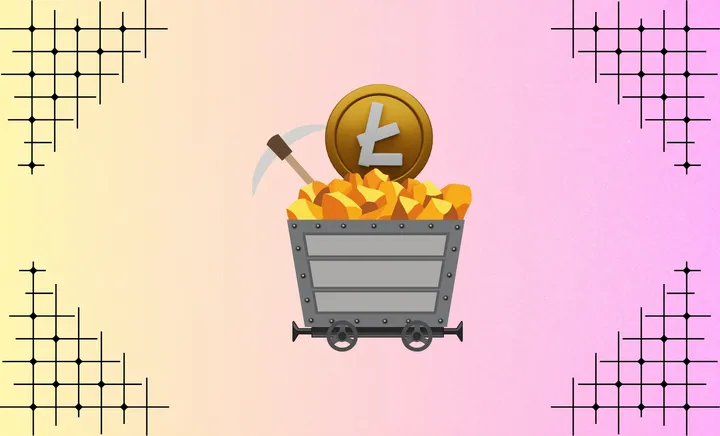
Litecoin has a number of advantages that make it attractive to use.
Fast transactions
One of the key advantages of Litecoin is fast transactions. Litecoin processes transactions several times faster than Bitcoin, which is especially important for users who want to make payments with minimal delay. The block generation time in the Litecoin network is about 2.5 minutes, while Bitcoin takes about 10 minutes.
Low fees
Another significant advantage is low fees. Transactions on the Litecoin platform are significantly cheaper for users compared to Bitcoin, which makes it especially attractive for micropayments and frequent transactions. This helps reduce costs when transferring funds.
Decentralization
Litecoin also maintains the principles of decentralization. Like Bitcoin, Litecoin operates on a fully decentralized blockchain network that is not controlled by any central authority. This ensures the security of the system and independence from state or private structures, supporting the ideals of the cryptocurrency world.
Eco-friendliness
Finally, an important aspect is Litecoin’s eco-friendliness. Its scrypt algorithm, used for mining, consumes less energy compared to SHA-256, which is used in Bitcoin. This makes Litecoin mining less energy-intensive and helps reduce the negative impact on the environment, which is especially important in the context of growing energy consumption problems in the blockchain industry.
Comparison of Litecoin and Bitcoin
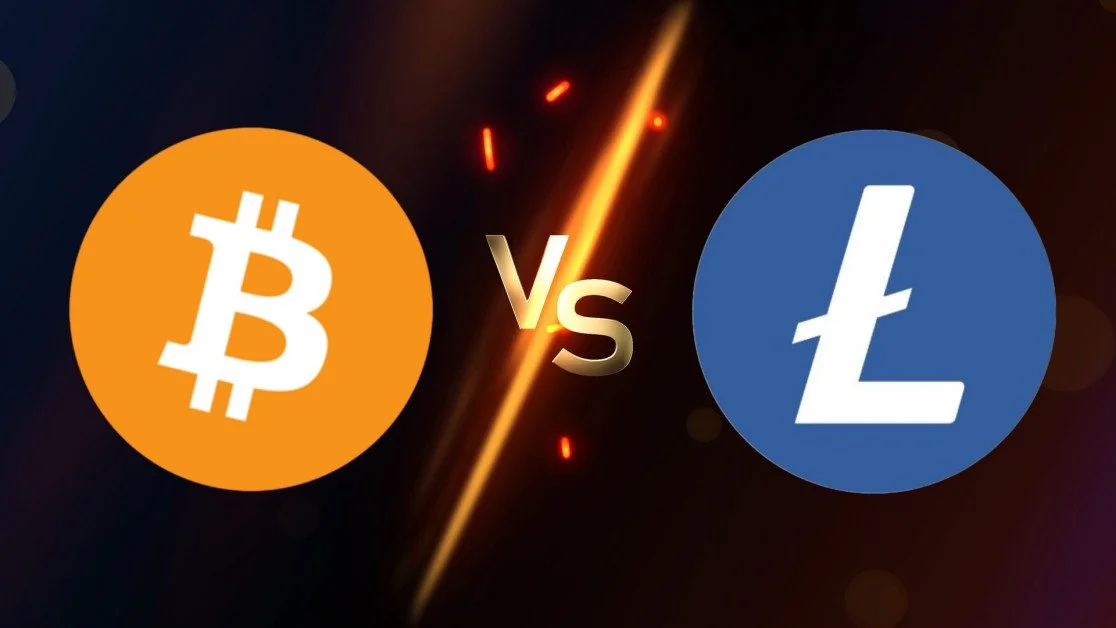
Similarities
- Blockchain Technology: Both use a distributed blockchain network to record transactions, providing transparency and security.
- Limited supply of coins: Both Bitcoin (21 million coins) and Litecoin (84 million coins) have a limited supply, making them scarce assets.
- Decentralization : Both projects are not managed by centralized organizations or states, which guarantees their independence.
Differences
- Transaction Speed: Litecoin processes blocks every 2.5 minutes, making transactions faster compared to Bitcoin, where blocks are generated every 10 minutes.
- Fees: Litecoin’s transaction fees are generally lower, making it more favorable for small and frequent transfers.
- Mining Algorithm: Bitcoin uses the SHA-256 algorithm, while Litecoin uses Scrypt. The latter requires less computing power, making Litecoin mining more accessible to regular users.
Litecoin vs Bitcoin Key Features Comparison Table
| Characteristic | Bitcoin ( BTC ) | Litecoin (LTC) |
|---|---|---|
| Year of launch | 2009 | 2011 |
| Creator | Satoshi Nakamoto | Charlie Lee |
| Mining algorithm | SHA-256 | Scrypt |
| Coin Limit | 21 million | 84 million |
| Block generation time | 10 minutes | 2.5 minutes |
| Average transaction time | 10 minutes | 2.5 minutes |
| Transaction fees | Usually higher | Usually lower |
| Decentralization | Yes | Yes |
| Purpose of use | Storing Value, Digital Gold | Fast transactions, digital silver |
| Popularity | High, first and most famous cryptocurrency | Smaller than BTC, but still popular |
| SegWit support | Yes | Yes |
| Lightning Network | Yes | Yes |
Technological features of Litecoin
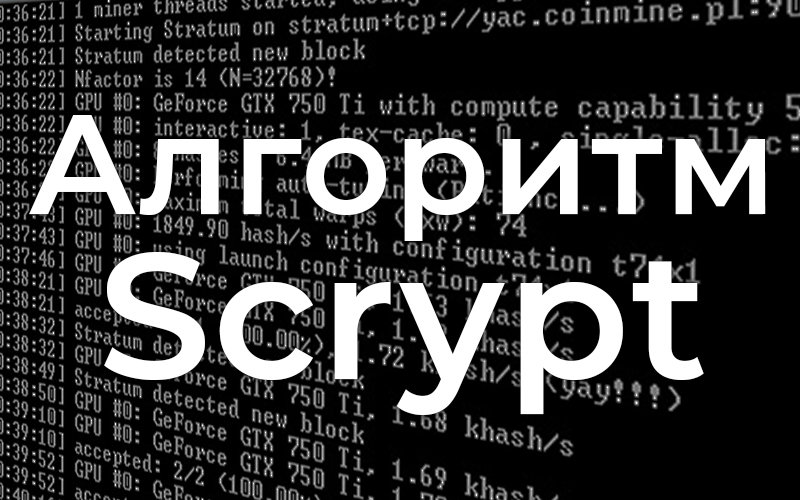
Scrypt consensus algorithm
One of the key technological features of Litecoin is the use of the Scrypt consensus algorithm . Unlike Bitcoin, which uses the SHA-256 algorithm, Scrypt requires less computing power and is more focused on the use of RAM. This makes Litecoin mining more accessible to users who do not have specialized hardware (ASIC), as is required for Bitcoin mining.
The main advantage of Scrypt is its protection against mining centralization . Since Scrypt requires more memory, not just processing power, it was possible to mine even with regular computers in the early stages. Although ASICs are also used to mine Litecoin today, this algorithm has allowed a more level playing field for miners for longer.
Network and scalability
The Litecoin network is built on the same principles as Bitcoin, but it has significant improvements in terms of speed and scalability . The Litecoin network has a maximum block generation time of 2.5 minutes , which is significantly faster than Bitcoin (10 minutes). This allows for faster confirmation of transactions and increases the overall network throughput.
To improve scalability, Litecoin has implemented SegWit (Segregated Witness) technology , which allows transaction signatures to be separated from block data. This reduces the size of transactions and increases the number of transactions that can be included in each block.
Another important technology for scalability is the Lightning Network . This is a second-layer solution that allows for almost instant microtransactions outside the main blockchain network, significantly reducing the load on the blockchain itself and reducing transfer fees.
Wallets for storing Litecoin
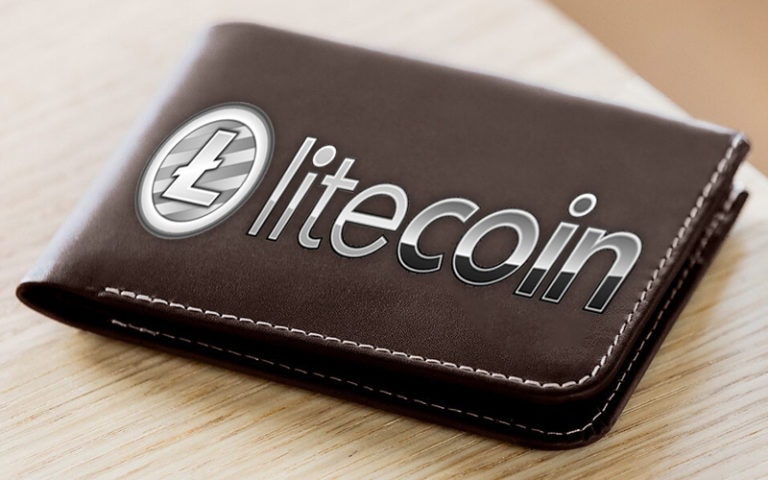
There are many safe and convenient wallets for storing Litecoin. Here are some of them:
Hardware wallets
- Ledger Nano S/X: Hardware devices that provide a high level of security by storing private keys offline.
- Trezor: Another popular hardware wallet that also supports Litecoin storage.
Desktop and mobile wallets
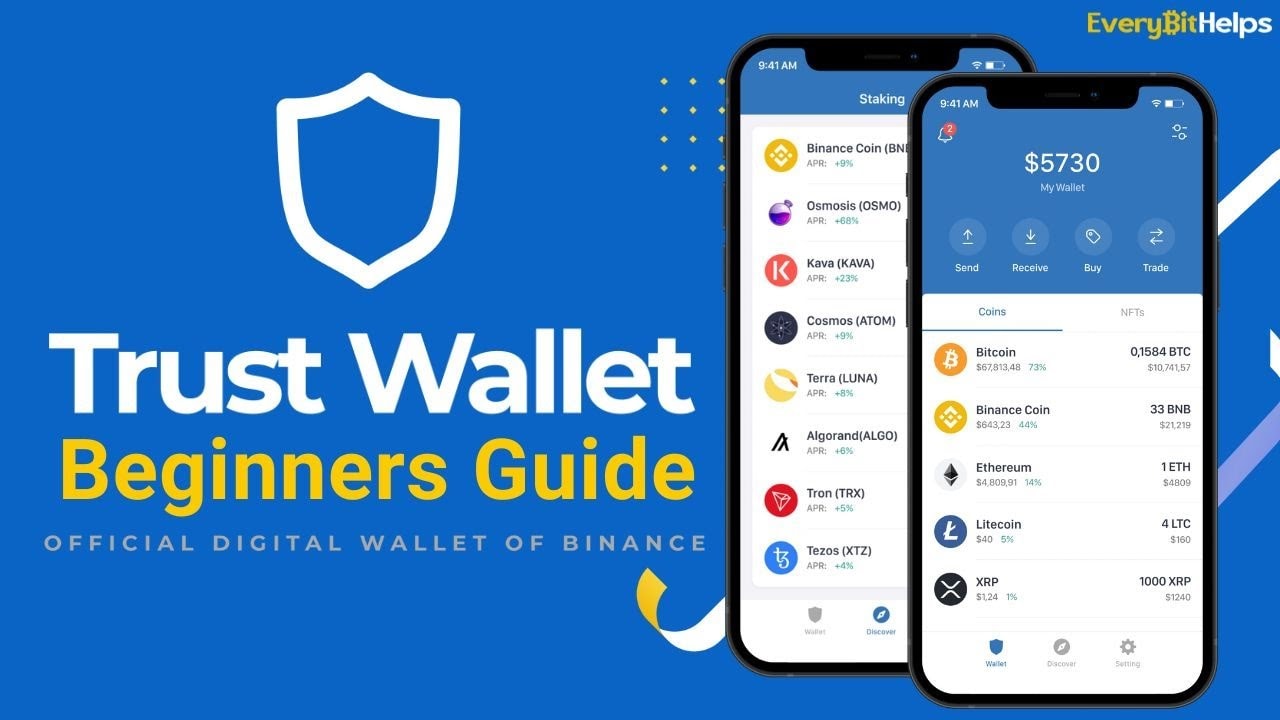
- Exodus : A convenient and functional multi-currency wallet, available on both desktop computers and mobile devices.
- Trust Wallet : Mobile wallet with support for multiple cryptocurrencies, including Litecoin.
- Atomic Wallet : A popular multi-currency wallet with support for decentralized exchanges.
Official wallet
- Litecoin Core : The official wallet from the Litecoin developers that supports a full node and stores the entire Litecoin blockchain.
Recommendations for safe storage
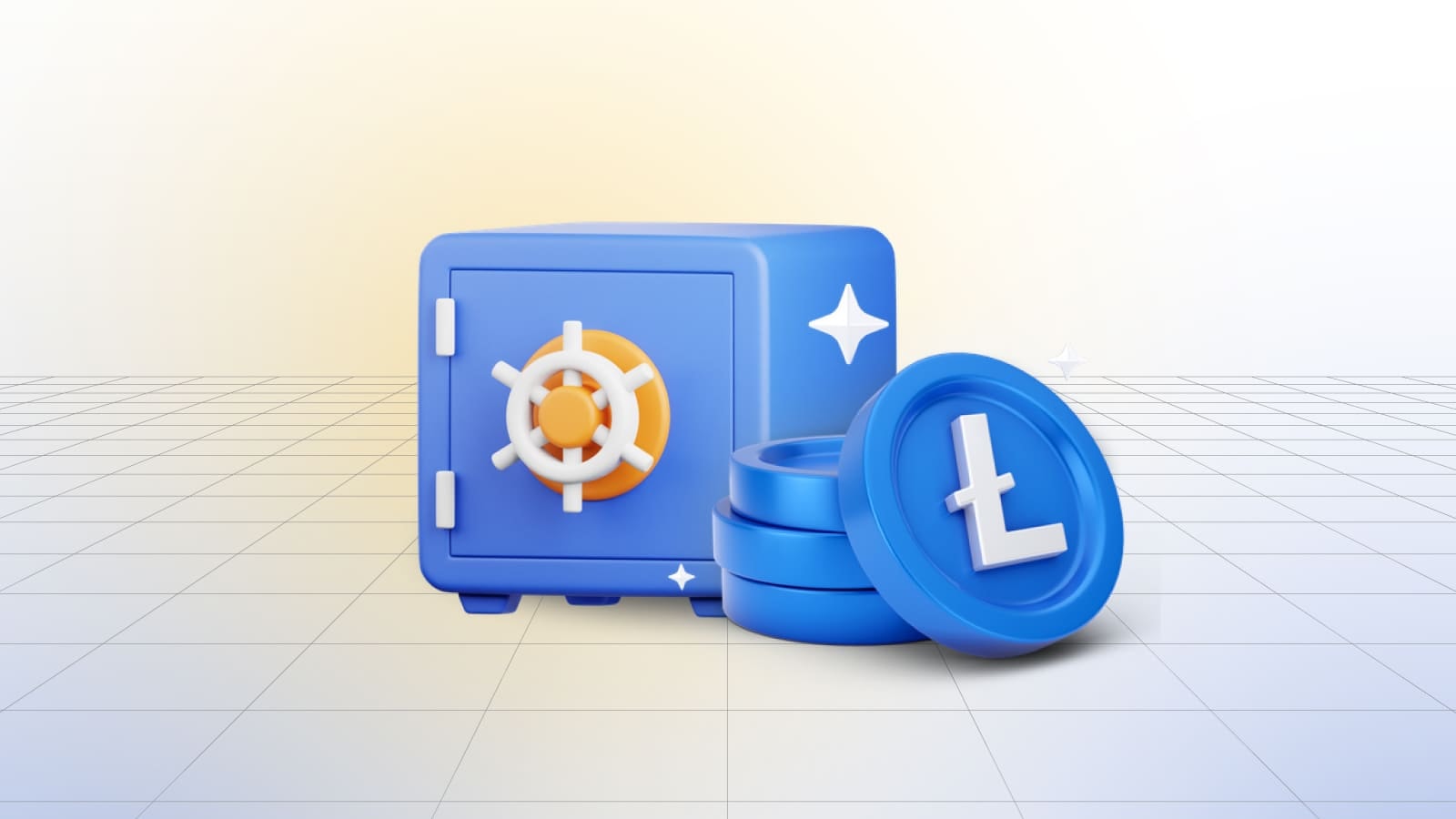
- Hardware wallets are one of the safest ways to store Litecoin as they store private keys offline.
- Making Backups : Always keep backups of your wallets, especially if you use software wallets.
- Two-factor authentication (2FA) : Enable 2FA wherever possible to increase your security.
- Avoid storing on exchanges : Exchanges are susceptible to attacks, so it is recommended to store cryptocurrencies in personal wallets.
Following these guidelines will help you protect your coins and avoid losses.
Litecoin Market Analysis and Forecasts
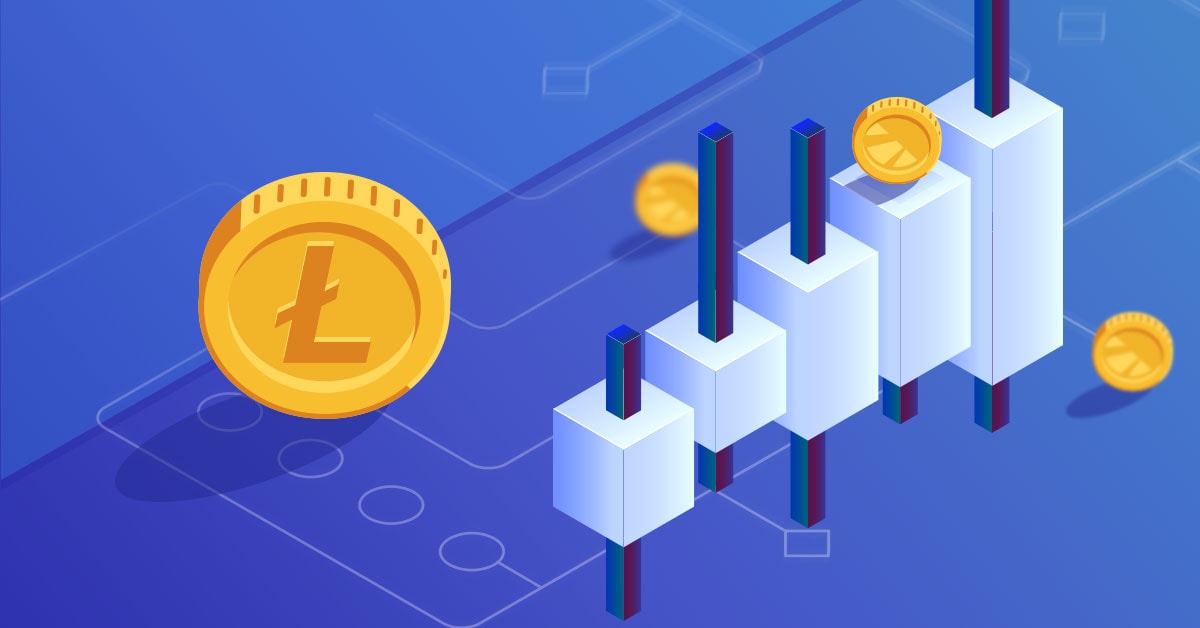
Current status and market capitalization
Litecoin (LTC) is ranked 22nd in the cryptocurrency market cap ranking as of September 2024. The price of one coin is approximately $65.70, and the total market cap is about $4.92 billion. The trading volume in the last 24 hours is about $327 million, which shows moderate interest from traders. There are about 75 million LTC coins in circulation, and the maximum number of coins is limited to 84 million.
Factors Affecting the LTC Rate
The Litecoin rate is influenced by several factors:
- Macroeconomic Conditions : Fluctuations in the global economy, changes in inflation and interest rates affect the cryptocurrency market as a whole, including Litecoin.
- Project News : Important updates to the Litecoin network, such as the integration of new technologies (such as the Mimblewimble protocol for increased privacy), as well as hard forks and algorithm updates, also affect the LTC rate.
- Market Sentiment : General investor sentiment towards the cryptocurrency market, as well as decisions by major financial institutions to adopt or regulate cryptocurrencies, can dramatically change the demand for Litecoin.
- Transaction speed and low fees : These advantages continue to support LTC’s popularity as a medium of exchange, especially in cases where the Bitcoin network is congested or slow.
Experts’ forecasts
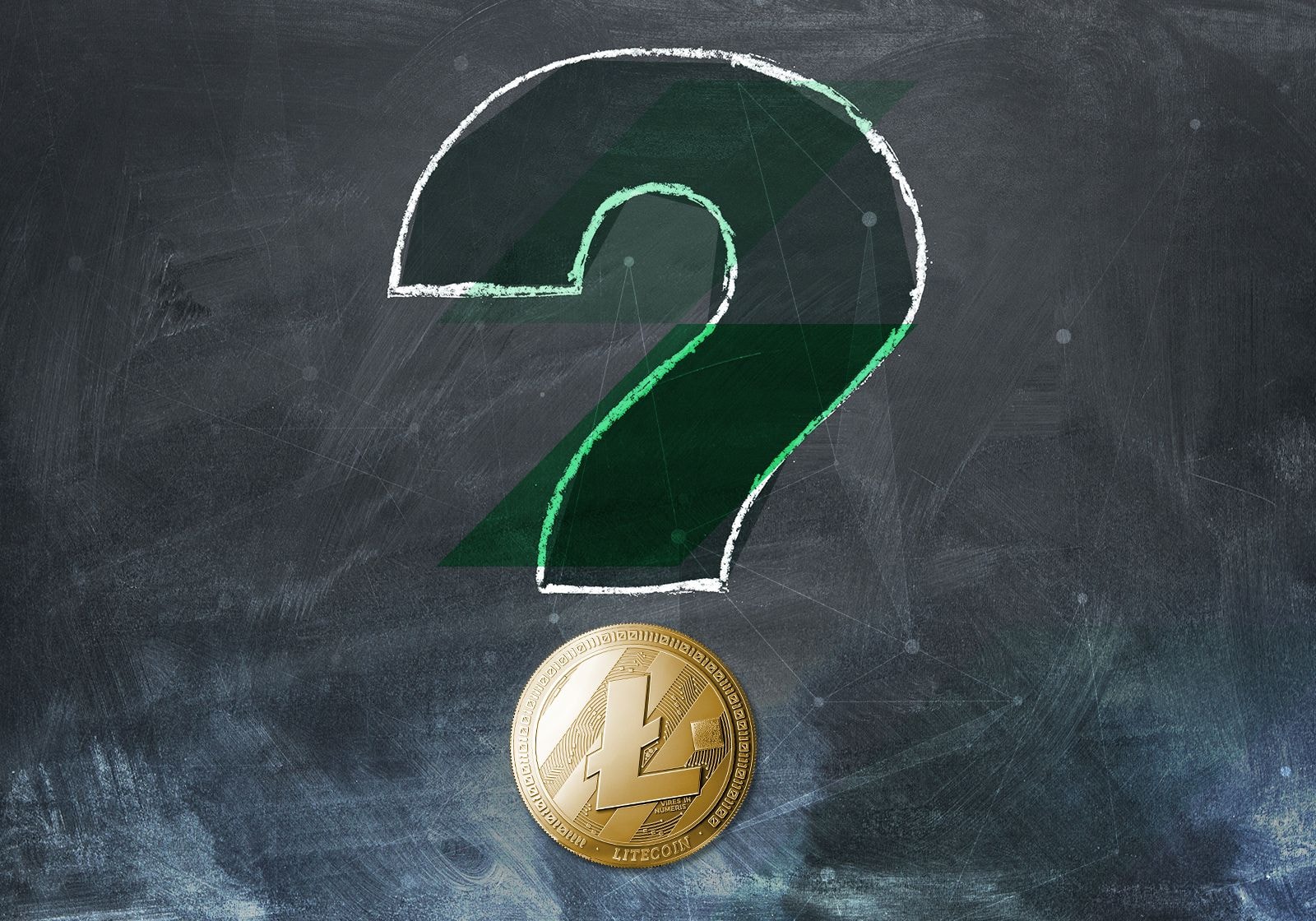
The outlook for Litecoin’s future remains mixed. Some analysts expect the LTC price to rise to $88 by 2030, driven by an improving technology base and strong demand for alternative digital assets such as “digital silver,” as opposed to Bitcoin, which is considered “digital gold.” At the same time, the medium-term outlook remains neutral: the RSI shows that Litecoin’s price is currently in a consolidation phase, with no clear upward or downward trends.
Investing in Litecoin

Investment security
- Cryptocurrency Market Volatility: Like all cryptocurrencies, Litecoin is subject to significant price fluctuations. The cryptocurrency market is notoriously unpredictable, and Litecoin’s value can fluctuate wildly, both positively and negatively, over short periods of time. This makes investing in LTC risky for those who are not prepared for rapid price changes.
- Lack of regulation: Cryptocurrencies, including Litecoin, remain outside the strictest regulation in many countries. This creates uncertainty about the future of the cryptocurrency market, especially if governments begin to impose strict controls or restrictions.
- Technological risks: Although Litecoin is based on proven technology, aspects such as possible hacking attacks, network vulnerabilities, or bugs in updates can negatively affect the security and price of the asset.
- Competition in the cryptocurrency market: Litecoin faces competition from newer and more technologically advanced cryptocurrencies that may offer better conditions in terms of transaction speed, fees, or anonymity.
Investment strategies

Litecoin investment strategies include the following aspects:
- Long-term investment (HODL): This strategy involves buying Litecoin with the intention of holding it for the long term. Investors who follow this strategy expect the asset to grow in value over the long term, despite short-term price fluctuations. Long-term investment may be suitable for those who believe in the fundamental advantages of Litecoin, such as its decentralization, limited supply, and popularity.
- Short-term trading: This involves actively buying and selling Litecoin over short time periods (from a few days to weeks). Short-term traders try to take advantage of market volatility, but this strategy requires deep market analysis and the ability to react quickly to changes.
- Dollar-Cost Averaging (DCA) Strategy: The Dollar-Cost Averaging (DCA) strategy involves regularly buying a small amount of Litecoin regardless of its current price. This helps reduce the impact of market volatility on the investment, as the investor buys the asset at both dips and peaks in price. This strategy is suitable for those who want to gradually increase their investment without constantly monitoring the market.
- Portfolio Diversification: To minimize risks, investors can use a diversification strategy by spreading their funds across different cryptocurrencies rather than investing everything in one asset. This helps to balance out potential losses in the event of a fall in one cryptocurrency due to the growth of others.
Each of these strategies has its own risks and benefits, and the choice depends on your investment horizon, risk tolerance level, and expectations for the future of the cryptocurrency market.
Conclusion
Litecoin has a number of advantages that make it attractive for mining and use as a medium of exchange. Among the main features is the Scrypt algorithm, which requires less specialized equipment for mining and makes the process more accessible to a larger number of participants. Fast transaction confirmation due to the block generation time of 2.5 minutes provides higher network throughput compared to Bitcoin. SegWit and Lightning Network technologies help reduce fees and improve network scalability, which strengthens Litecoin’s position among other cryptocurrencies.
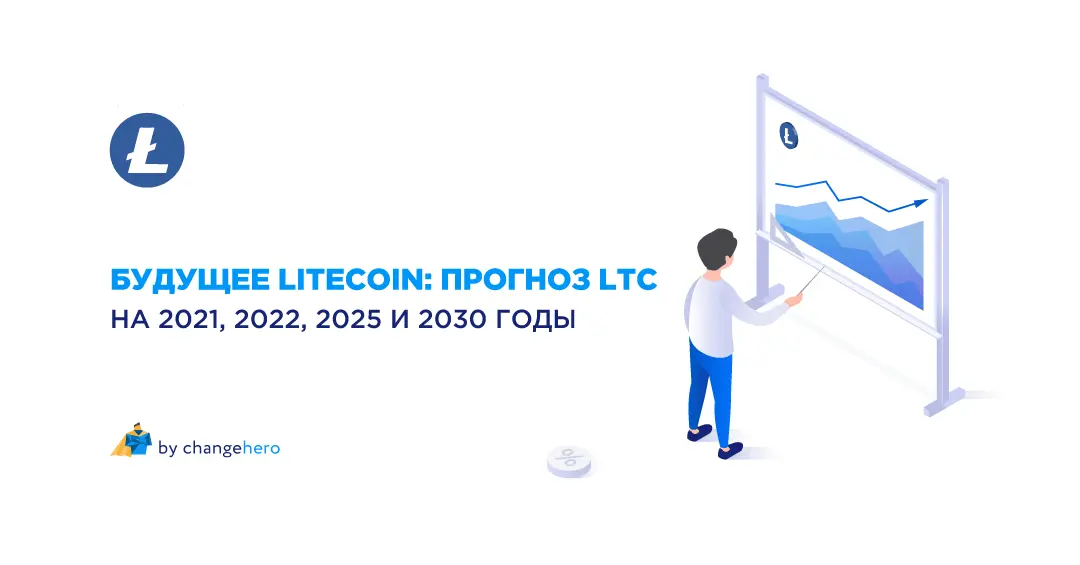
Litecoin’s future looks stable thanks to its proven infrastructure, active developer support, and user community. While new and more technically advanced projects are entering the market, Litecoin continues to be popular due to its speed, reliability, and reputation as “digital silver.” Improvements such as the introduction of confidential transactions via Mimblewimble could maintain interest in Litecoin and solidify it as a convenient medium of exchange and long-term investment tool.
Автор Alex Smith
Имеет профессиональную подготовку в области микроэлектроники и аппаратного программирования, а также более 30-ти лет опыта работы с системами обработки и передачи данных, включая оборудование для майнинга криптовалют. Готовя материал для читателей блога BuyCrypt успешно применяет свой обширный технический бэкграунд для максимально точной передачи смысла материалов с используемых источников.




